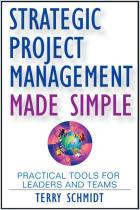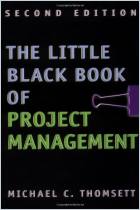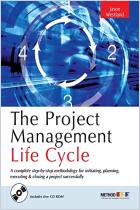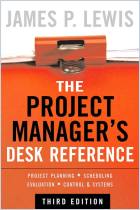
How to Save a Failing Project
Chaos to Control
Read or listen offline
Amazon KindleRecommendation
Project managers Ralph R. Young and Steven M. Brady and engineer Dennis C. Nagle Jr. promise that business project failures are often fixable, whether the problems arise from flaws in planning, process development or communication. They note that companies often can repair broken projects by replanning them in greater detail, and they tell managers how to do that, one small step at a time, by replacing milestones in a project plan with a larger number of “inch stones,” or objectives that involve short-duration tasks. The authors, using a clear expository style that only occasionally succumbs to jargon, explain that the human touch is also a crucial factor in project success or failure. For example, they say managers should encourage their team members to discuss errors openly so they focus on improvement, not blame. Although the book clearly applies to software development projects, getAbstract also recommends it to readers in other industries because the content is helpful and relevant for many other types of projects.
Summary
About the Authors
Project manager Ralph R. Young has written four books on requirements engineering. Steven M. Bradley is an IT expert and project manager, and Dennis C. Nagle Jr. is an engineer, programmer and software architect.


















Comment on this summary